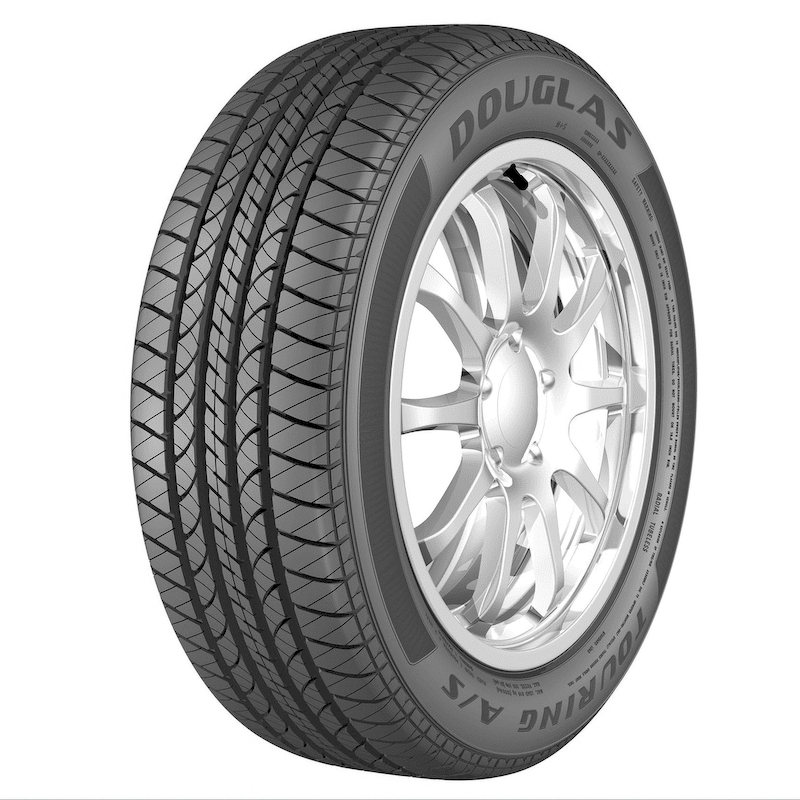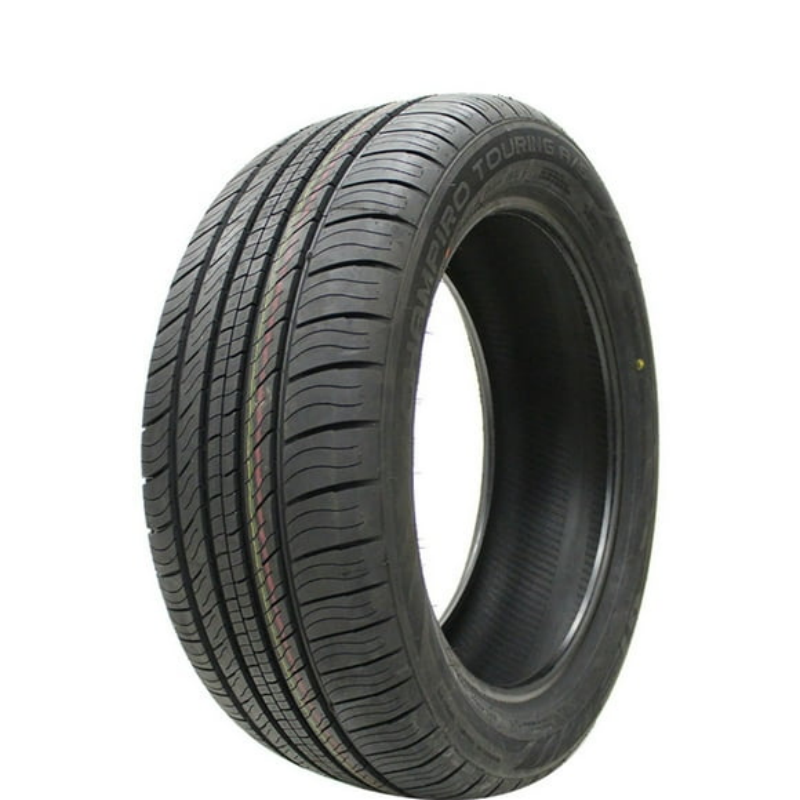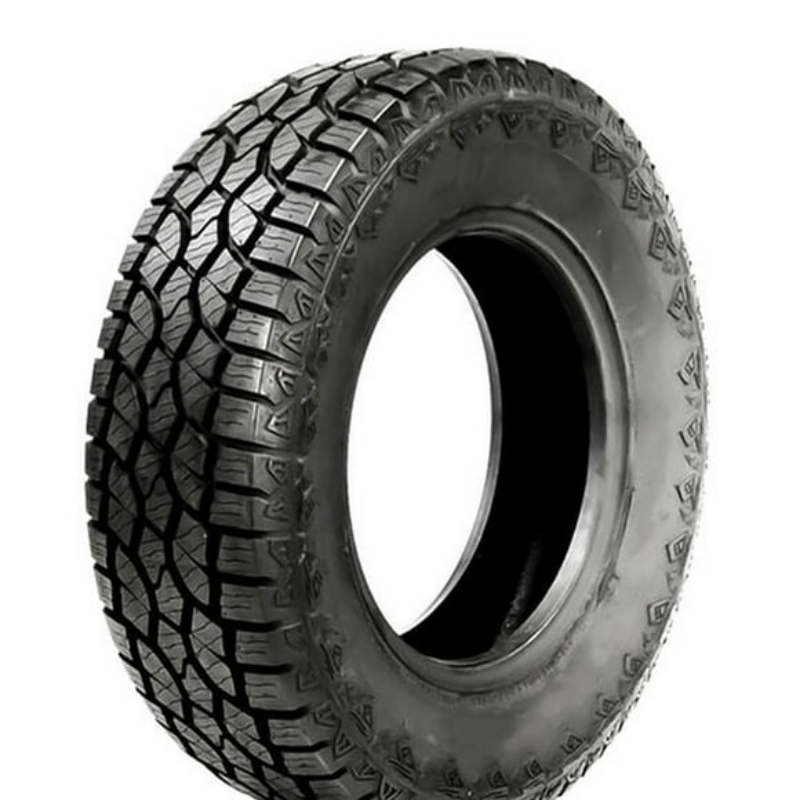When it comes to maintaining your vehicle, one of the most critical components to monitor is your tires. Knowing when to replace car tires can significantly affect your safety on the road, fuel efficiency, and overall vehicle performance. Tires are the only point of contact between your vehicle and the road, making their condition essential for traction, stability, and braking. Over time, tires wear down due to various factors such as weather conditions, driving habits, and tire quality. Ignoring the signs that indicate your tires need replacement can lead to dangerous situations, such as blowouts or loss of control while driving. This comprehensive guide will explore key aspects related to tire replacement: how to assess tire health, common indicators that you need new tires, tips for prolonging tire life, and the different types of tires available. By the end of this article, you will possess the knowledge needed to make informed decisions about your tires and ensure a safer driving experience.
Understanding the Importance of Tire Condition
Tires play a crucial role in your vehicle’s handling, safety, and fuel efficiency. Therefore, comprehending the importance of maintaining good tire conditions is paramount. Here are some reasons why tire health matters:
Safety
- Traction: Good tires provide the necessary grip on road surfaces, enabling effective braking and maneuvering during adverse weather conditions such as rain, snow, or ice.
- Control: Worn tires can impede cornering stability and make your vehicle more challenging to control, especially in slippery conditions.
Performance
- Handling: Tires contribute significantly to your car’s overall handling characteristics. Properly maintained tires enhance responsiveness, alignments, and comfort.
- Fuel Efficiency: Under-inflated or excessively worn tires can lead to increased rolling resistance, negatively impacting your vehicle’s fuel consumption.
Longevity
- Cost Savings: Regularly assessing and maintaining your tires can help prevent premature wear, extending their lifespan and saving you money in the long run.
- Smooth Ride: Ensuring optimal tire conditions leads to a more comfortable driving experience, as even minor issues with tires can translate to vibrations and poor handling.
By understanding the importance of tire conditions, you underscore your vehicle’s safety and performance as critical aspects of driving.
Signs That Indicate It’s Time to Replace Car Tires
Recognizing the early warning signs that signal when to replace car tires can save you from more severe issues down the road. Here are essential indicators to keep in mind:
Tread Wear
- Tread Depth Measurement: The tread depth is crucial for adequate traction. Use a tread depth gauge to measure; tires should typically have at least 2/32 of an inch of tread.
- The Penny Test: A simple method to check tread depth involves the penny test. Insert a penny into the tread with Lincoln’s head facing down. If you can see his entire head, it’s time to replace your tires.
Uneven Wear Patterns
- Cupping or Scalloping: If you notice any uneven wear patterns, like cupping (high and low spots), it could indicate misalignment or other mechanical issues, requiring prompt inspection and potential replacement.
- Edge Wear: Tires that show more wear on the edges than the center may be under-inflated, while those worn in the center may be over-inflated.
Visual Damage
- Cracks and Bulges: Inspect tires for visible cracks, cuts, or bulges. Any signs of physical damage can compromise tire integrity and lead to failures.
- Exposed Fabric: If you notice any fraying or exposed fabric, this is a clear signal that the tire needs to be replaced immediately.
Age of the Tires
- Manufacture Date: Tires have a lifespan, typically ranging from six to ten years, regardless of tread wear. Check the DOT code on the tire sidewall for the manufacture date, denoting when they were produced.
- Cracking and Drying Out: Older tires can become hard, dry, or cracked, diminishing their performance even if they appear to have adequate tread.

Driving Experience
- Vibration or Pulling: If you experience unusual vibrations while driving or if the car pulls to one side, it could indicate tire problems, necessitating immediate evaluation.
- Loss of Traction: If your vehicle starts to slide more easily or loses grip, especially in wet conditions, it may be time for a tire inspection and possible replacements.
Paying attention to these signs can help you stay ahead of potential tire issues and enhance your overall driving safety.
Types of Tires and Their Lifespan
Understanding the types of tires on the market and their expected lifespans is integral in determining when to replace car tires. Here are the major categories found:
All-Season Tires
- Description: Designed for a variety of conditions, all-season tires provide a balance of traction, handling, and ride comfort.
- Lifespan: Typically, all-season tires can last anywhere from 40,000 to 60,000 miles, depending on driving conditions and maintenance.
Performance Tires
- Description: Performance tires are crafted for enhanced speed and handling. They’re ideal for sporty vehicles or enthusiastic drivers.
- Lifespan: These tires often have a lifespan of around 30,000 to 50,000 miles, as they tend to wear down faster due to their softer compounds.
Winter Tires
- Description: Specifically designed for snowy or icy conditions, winter tires feature specialized tread patterns that improve traction.
- Lifespan: Winter tires can last between 20,000 to 40,000 miles, but their lifespan may vary depending on usage. It’s essential to remove them once the temperatures consistently rise above freezing.
Off-Road Tires
- Description: Off-road tires are designed for rugged terrain, featuring aggressive tread patterns and reinforced sidewalls.
- Lifespan: Depending on usage, off-road tires can last around 30,000 to 40,000 miles under usual driving circumstances, with more frequent replacements needed in extreme off-road conditions.
Understanding the lifespans associated with various tire types can assist you in determining when to replace car tires based on your vehicle’s specifics and driving habits.
Tips for Maintaining Your Tires
Effective tire maintenance plays a crucial role in extending the lifespan of your tires and improving performance. Here are essential tips for proper maintenance:
Regular Inspections
- Visual Checks: Frequently inspect tire conditions for any signs of damage, wear, or alterations in inflation. Catching issues early can prevent costly situations.
- Tread Depth Checks: Regularly measure the tread depth of your tires using a depth gauge. Keeping an eye on tread will help you anticipate when replacements may be needed.
Proper Inflation
- Maintaining Tire Pressure: Check tire pressure at least once a month when the tires are cold. Maintain pressure as specified by the vehicle manufacturer to ensure optimal performance.
- Adjusting for Temperature: Be aware that temperature variations can influence tire pressure. Reassess pressure when seasons change or during extreme temperature flucations.
Rotating Tires
- Routine Rotation: Rotate your tires every 6,000 to 8,000 miles or during regular oil changes. This promotes even wear across tires and extends their lifespan.
- Cross Rotation Pattern: Follow the recommended rotation pattern, which usually involves alternating tire positions, ensuring that all tires wear evenly.
Wheel Alignment and Balancing
- Alignment Checks: Regularly inspect wheel alignment, especially if you notice uneven tire wear or your vehicle pulling to one side. Misaligned wheels lead to premature tire wear.
- Balancing Tires: Properly balanced tires help with smooth driving experiences and minimize vibrations while driving. Balancing is especially necessary when new tires are installed.
Professional Maintenance
- Scheduled Services: Regularly visit a professional mechanic or tire specialist for comprehensive tire maintenance and inspections, ensuring all components of the tires are functioning optimally.
- Utilizing Seasonal Services: If applicable, take advantage of seasonal tire services—such as changing to winter tires or receiving comprehensive inspections before road trips.
Adopting these maintenance practices will extend the longevity of your tires, ensuring a safer and more enjoyable driving experience.
Signs of Tire Damage That Require Immediate Attention
In addition to understanding when to change your tires based on age or mileage, it’s crucial to remain vigilant for signs of damage that warrant immediate action. The following indicators could signify potentially serious issues:
Blowouts
- Causes of Blowouts: A sudden loss of air pressure or physical damage can lead to blowouts, resulting in loss of control of your vehicle.
- Preventing Blowouts: Regular inspections, maintaining proper tire pressure, and avoiding road hazards can reduce the risk of blowouts.
Sidewall Bulges
- What They Indicate: Bulges or blisters on the sidewall may suggest an internal air leak or damage. These can weaken the tire’s structure and compromise safety.
- Immediate Replacement Needed: If bulges are present, replace the affected tire as soon as possible to prevent accidents.
Cracks and Cuts
- Surface Cracking: Inspect for visible cracks on the tire’s surface, especially near the tread. Such damage can weaken structural integrity and lead to failure.
- Deep Cuts: Deep cuts exposing the inner layers of the tire can be serious. If such cuts are noticeable, replacing the tire is typically necessary.
Excessive Vibration
- Indicators of Imbalance: Continuous excessive vibration while driving may suggest tire imbalance or internal damage.
- Immediate Inspection: Have a mechanic assess the situation to determine if the tires require balancing or replacement.

Conclusion
In conclusion, understanding when to change motorcycle oil, recognizing the signs of tire damage, and maintaining your tires effectively are essential components of responsible vehicle ownership. Knowing how often to change motorcycle oil is critical in ensuring optimal engine health, while staying aware of tire conditions and their replacements is equally important for safety on the road.
By taking time to engage in proper maintenance practices such as regular inspections, tire rotations, and oil changes, you enhance your vehicle’s performance and prolong its longevity. Remember, tires are your only contact with the road, and maintaining them is not just about extending their lifespan; it is also about ensuring your safety and that of others around you.
Ultimately, embracing a proactive approach to maintenance equips you with the knowledge and skills necessary to navigate any potential issues, ensuring every ride remains enjoyable and worry-free. Stay informed, prioritize care for your motorcycle, and experience the pleasure of riding with confidence.

